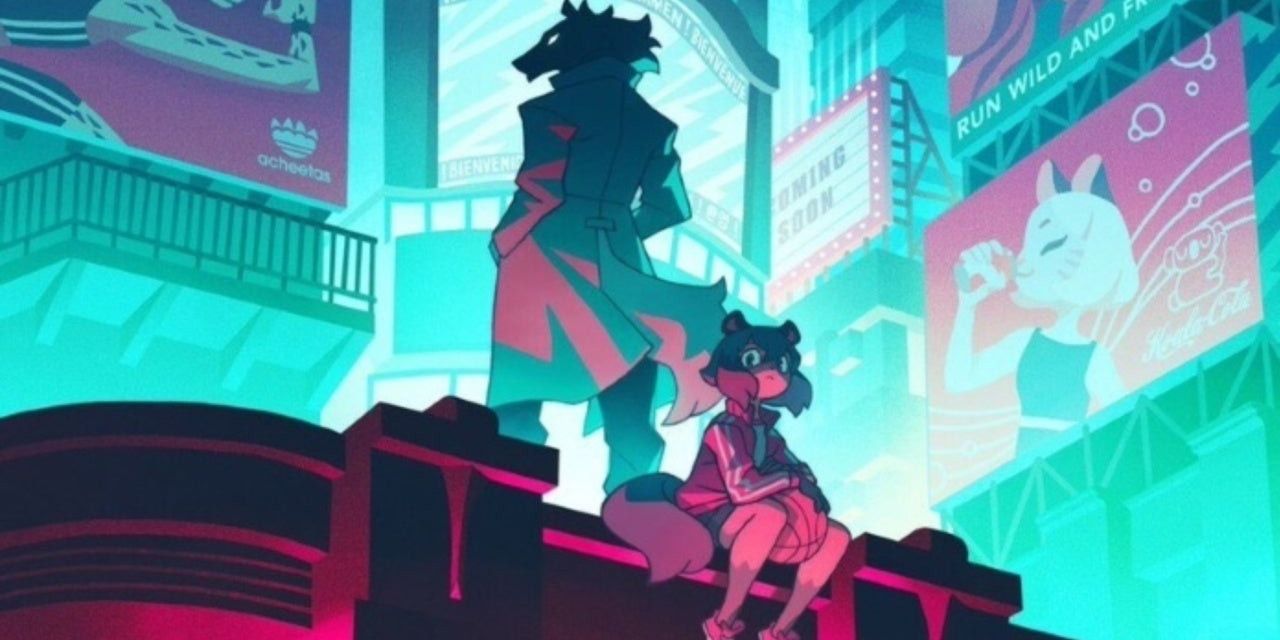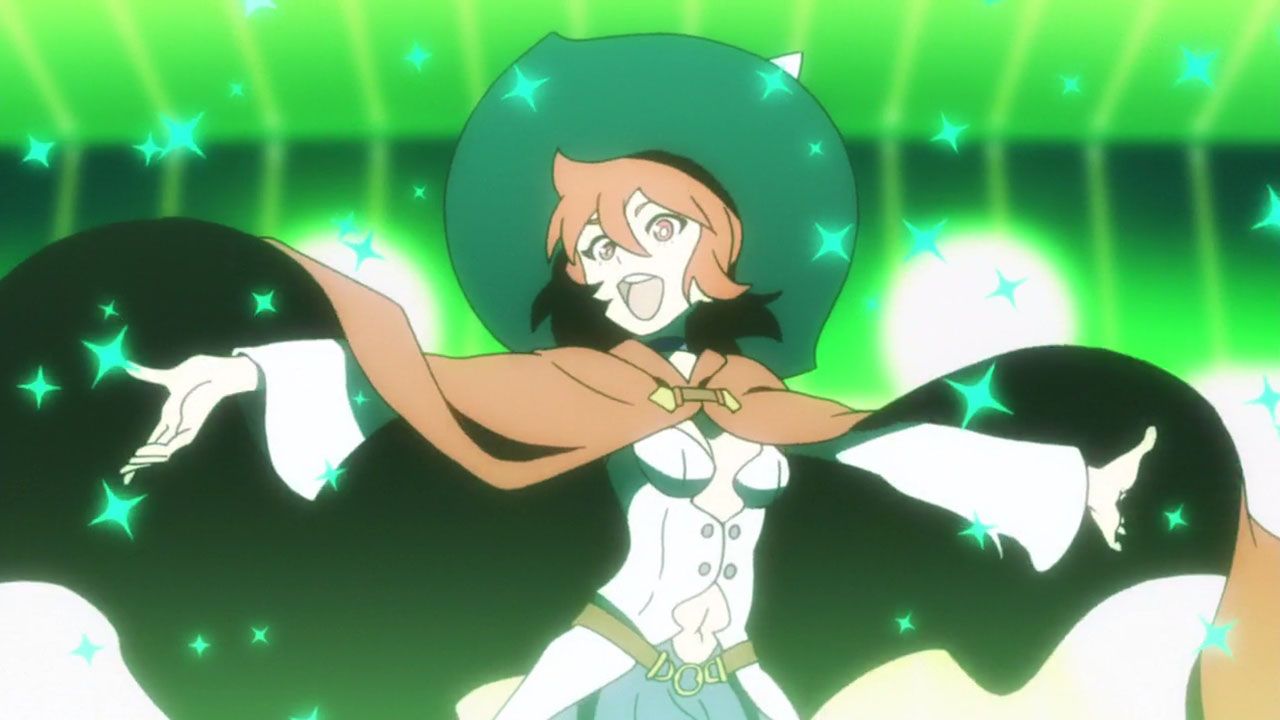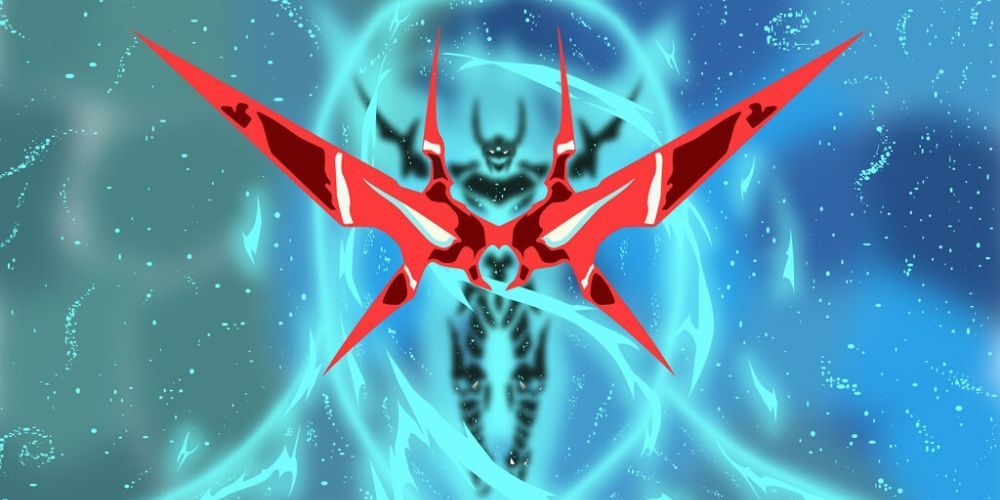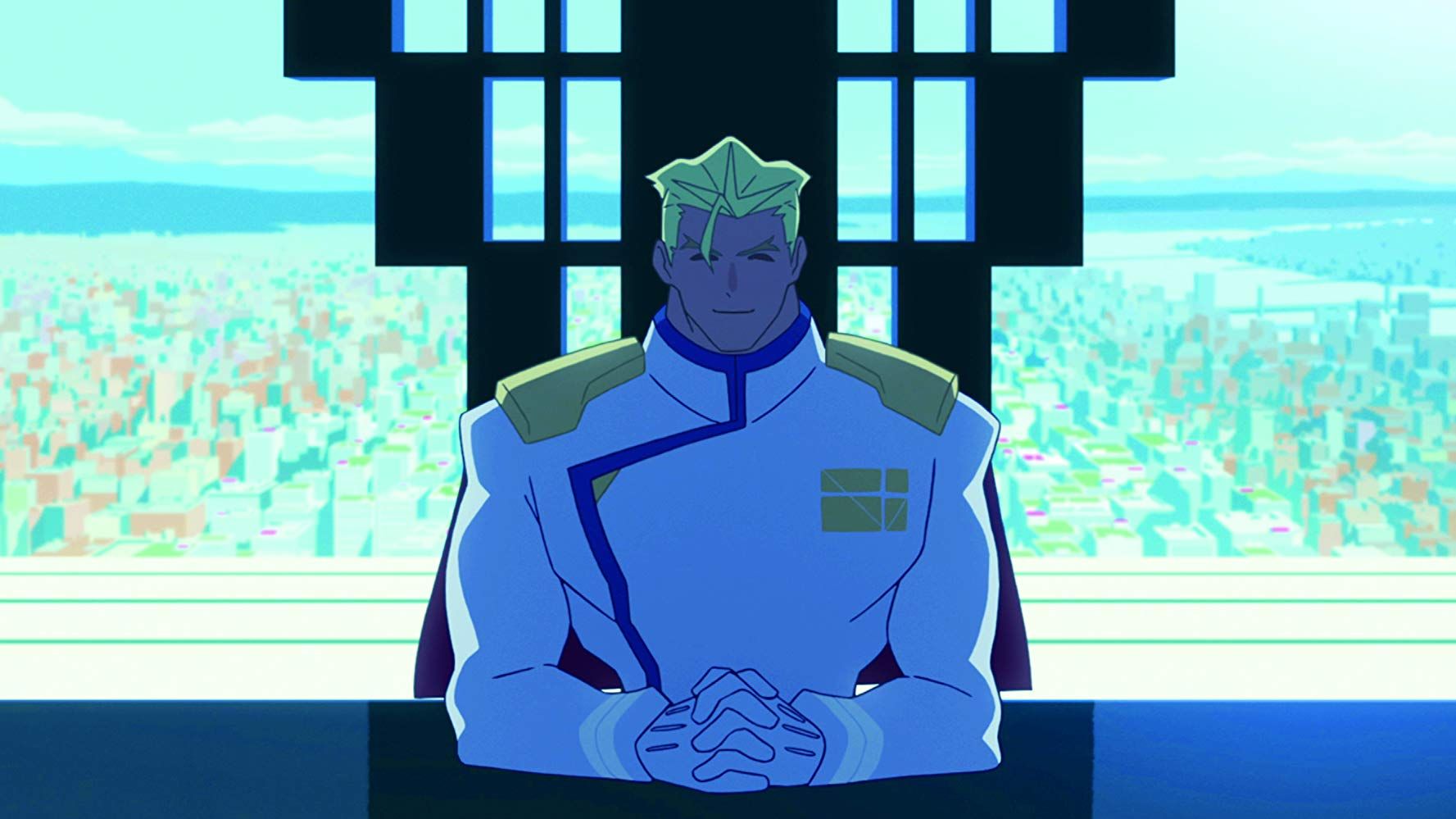WARNING: The following contains spoilers for BNA: Brand New Animal, now streaming on Netflix.
The crew at TRIGGER frequently returns to the same tropes time and time again, and BNA: Brand New Animal is no exception. BNA's director Yoh Yoshinari is best known as the creator of Little Witch Academia, and its head screenwriter Kazuki Nakashima's credits include Gurren Lagann and the movie Promare. If you're familiar with any of the three aforementioned anime, you'll easily recognize elements of each in some of BNA's major plot elements.
Shiny Chariot and Silver Wolf: Not-So-Secret Identities
This isn't so much a "twist" that Little Witch Academia and BNA share so much as a distinct lack of a twist. From the get-go, it's obvious to any Little Witch Academia viewer that the professor Ursula Callistis is Shiny Chariot, the performing witch who inspired Akko to get into magic in the first place. If anything, BNA makes it even more obvious to the audience that Shirou Ogami is the legendary Silver Wolf, the protector god Michiru's friend Nazuna has been impersonating.
What's obvious to the viewers, however, is in both cases unknown by the protagonists until towards the end of both series. Michiru isn't as comedically scatterbrained in her obliviousness as Akko, but it's clear that Yoshinari enjoys making his protagonists unaware of certain secret identities that aren't secret at all to the audience.
Kamina and Anima City's Population Worries
A little over halfway through Gurren Lagann, it seems as if the heroes have won: the Spiral King is defeated, and humanity is free to live on the surface. After a seven year time-skip, it turns out the Spiral King was trying to protect humanity all along from an even worse enemy: the Anti-Spirals. Kamina City has become a thriving metropolis, but one its population hits one million, the Anti-Spirals attack, ready to wipe out humanity in fear they will destroy the universe itself.
Anima City in BNA (the name even sounds similar to Kamina City...) is also a ticking population time bomb. The bigger the city grows, the more likely the beastmen will grow over-stressed and succomb to Nirvasyl Syndrome, turning them into rampaging monsters. Fortunately both Kamina and Anima City are able to defeat the threats of the Anti-Spirals and Nirvasyl Syndrome respectively without having to punish their booming populations.
Kray and Alan: Villains From The People They Oppress
This is perhaps one of the most complicated and potentially problematic tropes in Kazuka Nakushima's writing, but it's an interesting one nonetheless. Both Promare and BNA feature a group of superpowered but systemically oppressed people: the fire-starting Burnish in Promare and the animal-like beastmen in BNA. The final twists in both anime end up revealing that the human villain leading the oppression of these groups (Kray Foresight in Promare and Alan Sylvasta in BNA) have secretly been members of said groups all along.
In Kray's case, he's motivated by a classic case of self-hatred which causes him to hurt others like him. This isn't without some real world parallels (look at how many homophobic politicians end up being exposed as closet cases), but overemphasizing cases of minorities oppressing other members of the same minority can have the troubling effect of letting the majority off the hook for oppressive systems. In all honesty, however, the usage of this trope in Promare probably has less to do with a specific message than it does the simple fact that it's more exciting to watch superpowered characters fight other superpowered characters than it is to watch them fight ordinary humans.
BNA handles this twist differently, in a way that has less potential unfortunate implications but could have been set up better on a narrative level. Alan is not a self-hating beastman; on the contrary, he loves being a "pure blood" beastman, and his genocidal plot is meant to target "half-blood" beastmen. It's an interesting layer of narrative complexity, showing that beastmen face racism not just from humans but from other types of beastmen as well, but it's also introduced rather suddenly in the last episode, and could perhaps have been even more impactful if the show had more episodes to explore it.




